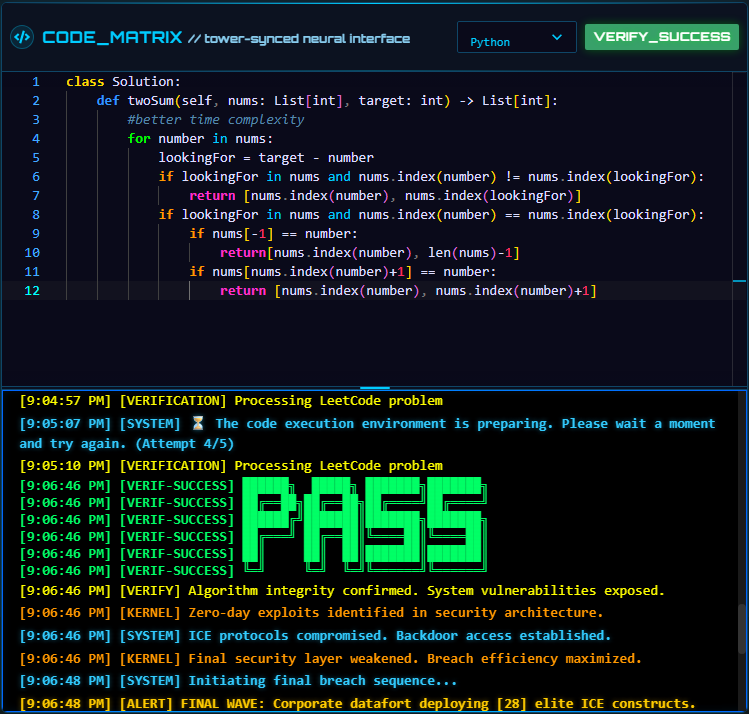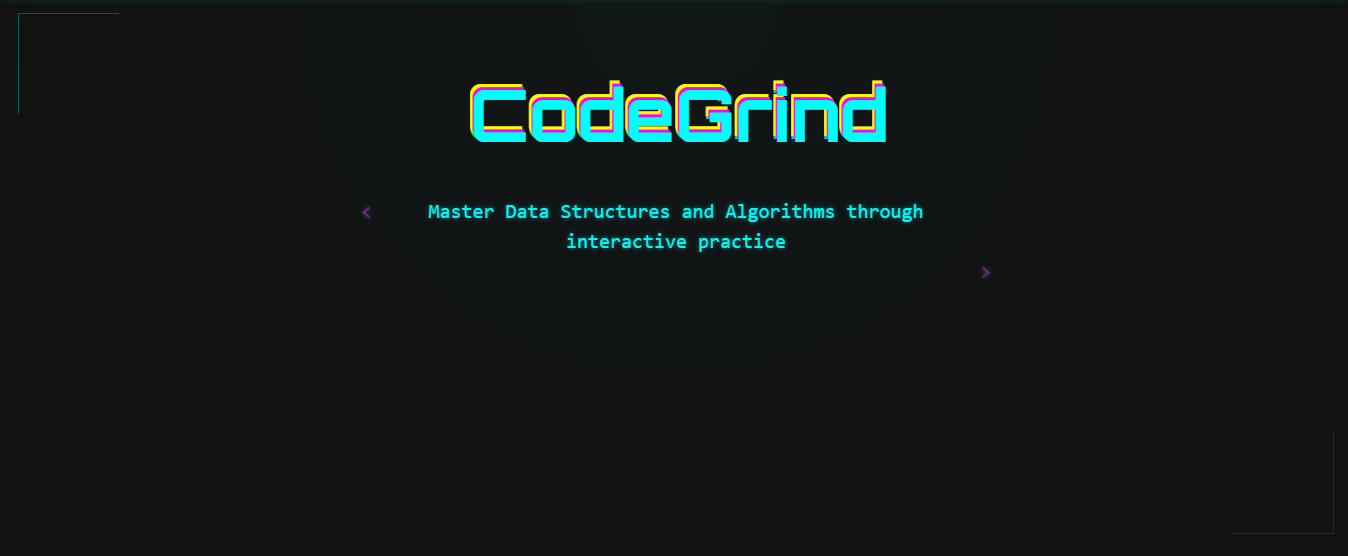In my previous post, I introduced CodeGrind as a modern coding practice platform. Today, I’ll share the actual technical architecture that powers this platform, focusing on the real implementation rather than theoretical choices.
The Core Architecture
CodeGrind is built with a focus on simplicity, scalability, and cost-effectiveness. Here’s what we actually use:
Frontend
- React: A simple, efficient frontend built with React
- Monaco Editor: The same editor that powers VS Code, providing a familiar coding experience
- Azure App Service: For hosting the frontend
Backend
- Node.js & Express: The core of our backend services
- Azure App Service: For hosting the backend
- Azure Flexible Server: For storing user data, problems, and submissions
The Code Execution Engine
The heart of CodeGrind is its code execution system:
- Judge0: An open-source code execution system that handles code compilation and execution
- Smart VM Management: A custom system that intelligently manages VM lifecycle to optimize costs
- Azure Functions: For orchestrating code execution and VM management
AI Integration
We leverage Azure’s AI capabilities to enhance the learning experience:
- Azure OpenAI: Powers our AI coding assistant
- Azure Cognitive Services: For natural language processing and code analysis
Security and Performance
Security is crucial for a platform that executes user code:
- Azure Key Vault: For secure management of secrets and API keys
- Session Management: For secure user authentication
- Rate Limiting: To prevent abuse and ensure fair usage
- Input Validation: To ensure code safety
Development and Deployment
Our development workflow is streamlined and efficient:
- GitHub Actions: For continuous integration and deployment
- ESLint & Prettier: For code consistency
Monitoring and Analytics
To ensure platform health and gather insights:
- Application Insights: For performance tracking and error monitoring
- Google Analytics: For user behavior analysis
- Custom Logging: For detailed execution tracking
The Real Challenges
Building CodeGrind came with its own set of challenges:
-
Cost Optimization: The biggest challenge was managing the cost of code execution. We solved this by implementing a smart VM management system that only runs when needed.
-
Security: Ensuring secure code execution while maintaining performance required careful planning and implementation.
-
Scalability: The system needs to handle multiple concurrent code executions efficiently.
What’s Next?
While the current implementation serves our needs well, we’re always looking to improve:
- Enhanced AI Features: Expanding the capabilities of our AI coding assistant
- Performance Optimization: Further improvements to code execution speed
- User Experience: Continuous improvements to the coding interface
Conclusion
CodeGrind’s tech stack is a practical combination of proven technologies that work together to create a reliable and efficient platform. We’ve focused on using Azure services where they make sense, while keeping the architecture simple and maintainable.
In the next post, I’ll dive into how we implemented the learning features and the Tower Defense game. Stay tuned!

Want to learn more about CodeGrind? Try the platform yourself at codegrind.online.
